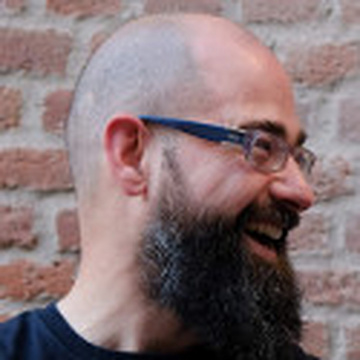[Per ePSI Platform] Hackathon on Open Data at International Journalism Festival in Italy
Hacking is the Italian way to help extend “data reuse” to society, but starting from the field of journalism. To this effect, the Italian community passionate about Open Data and Data Journalism organized a hackathon called “When data tells stories” during the International Journalism Festival in Perugia.

This hackathon had two main actors: the Spaghetti Open Data community and Dataninja.it: Spaghetti Open Data is the biggest italian community interested in Open Data and PSI in general, and Dataninjia is an information hub about Data Journalism, made by a team of journalists and developers.
We had several goals: doing something interesting and useful with data, learning methods and new ways to do stuff, and sharing knowledge with each other. A lot of people participated: developers, journalists, biologists, scientists, citizens, hackers, and so on. The page that collected who subscribed to this event shows 64 persons: not bad, isn’t it? During the hackathon the atmosphere was electric: spreading of knowledge and practices at work. It was exciting to be part of something big. We divided the work into 6 tracks, with different topics:
- a “data access right” track: the goal was making a shared document to make a formal request to obtain public data from government.
- a water track, we called it “acquathon”: we collected data from water analysis, to tell the story about nitrates concentration in drinking water.
- a track about schools: how important is matching schools and vocational trainings? Mapping them in the area around Rome was the story to tell.
- a “monithon” using Open Data from OpenCoesione project: a monithon is an effort to make a crowd-checking of projects collected by OpenCoesione site. A sort of crowd “wheredoesmymoneygo” clone, focused on cohesion policies related projects.
- an “info-trailer”: the idea is that a trailer tells more than a complex interactive dashboard to non-technical people. One minute video to tell something about reuse and the importance of the pollination of knowledge.
- the last one was an experimental usage of an Italian storytelling platform, SeeJay: a sort of storify and content curation tool, useful for journalists.
Read more on the full article published on epsiplatform.eu.
